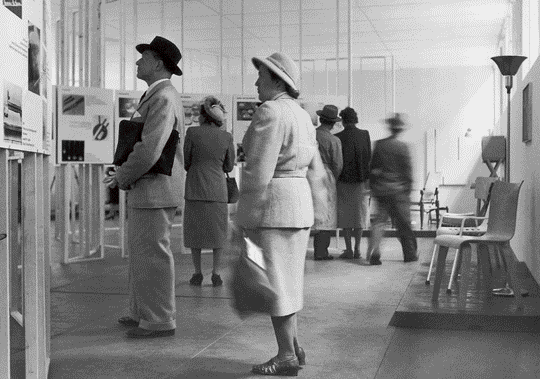Design as process
Nicola-Matteo Munari.
Piacenza, Italy. 2016
Nicola-Matteo Munari,
From the editor's desk
The title of this magazine, Gute Process, recalls the famous notion of ‘gute form,’ the functional form typical to the products of design that was theorized during the 50s by Swiss designer Max Bill (1908-1994), Bauhaus student and director of the Ulm School of Design. While the notion of ‘gute form’ proposed design as a form, thus prioritizing the appearance of its products, Gute Process suggests the idea of design as a process, thus emphasizing the method and the thought through which the appearance is achieved, as Modernist designers already proposed during the 60s and 70s. Actually, design is both form and process and the word ‘design’ has always been used to indicate the two meanings, but the important thing is the order between the two: the form is the result of the process, not its origin.


In fact, a designer is not who designs only certain forms (functional forms), but it is who designs according to a certain method, which is oriented towards functionality whatever the form, the thing to design and the function to perform are. Functionality is the essence of design, not an optional. According to such understanding of design, which adheres to that conceived during the early 20th century by the people who founded the profession, there is no difference in terms of design between a building, a chair, a book, or a typeface precisely because their design is not their appearance but their planning process, which is basically always the same.
Although this conception suggests that design is one discipline shared by different fields of application, everyday a new design specialty appears. Wikipedia collects at least fifty, from the classic industrial design (coined in 1919), graphic design (1922), interior design (1927), and fashion design (1966) to more recent interaction design (mid-80s), user experience design (1993), context sensitive design (1998), and army design (2015). The word ‘design’ has become an icon in itself and by becoming an icon it lost its identity. The abuse of the term, which is hardly being used as a noun anymore but mostly as an adjective, has led to the most unfortunate consequence that now everything has become design — thus design is nothing anymore.

The same thing also happened to art and -like art- design is losing its relationship with the people. In fact, if the interest of the public is always high, it is also true that a practical relation to the so-called objects of design is disappearing, because such products are less and less thought out to meet their practical purpose. The only value and function of these objects is that to be pretentiously innovative or outrageously expensive, mostly expressing this dubious virtue through their possession and exhibition. For example, many people possess the famous Juicy Salif by Philipp Starck, “an icon of industrial design that has been displayed in New York’s Museum of Modern Art”, 1 but almost no one really uses it to squeeze oranges to the risk of squirting juice everywhere, and above all to ruin the display of such an iconic sculpture. On the contrary, most of the people actually buy truly useful items at Ikea which, although often berated by designers, is undoubtedly a manufacturer of objects aimed at functionality and maybe the most successful design producer ever.
The world’s major museums have immediately understood and inevitably promoted this radical transformation, which is causing the disappearance of design as we know it. Indeed, the last exhibition of Milan's Triennale was titled “Design Beyond Design”. 2 Design is losing itself, its history, its values, its purpose, its role, and its users. The people and especially the designers are forgetting the essence of design, which is the design of objects with a practical and not a theoretical usefulness, whatever the form or the process may be.
Personally, I don’t think it is right or possible try to stop this transformation. On the contrary, I believe that design should constantly change precisely to stay true to itself, thus preserving its role and usefulness. For this reason, it is of great importance that designers contribute to this change without withstanding it, but trying to direct it so that it can effectively meet the needs of our times. To do it, it is necessary to understand the essential meaning of design, going beyond specializations and rediscovering the universality of design conceived as a process.
The most important thing, however is that designers never forget their responsibility towards the users, who are and will remain the real recipients of the products of design and the only ones able to give them a meaning through usage. Contrary to what many believe, to observe these responsibilities doesn’t impose any limit to talent or creativity but simply requires to respect the boundaries of the profession, within which anything is possible.
-
1
As described on Wikipedia (Italian). (wikipedia.org)
↩︎ -
2
XXI Triennale di Milano, 'Design dopo il design'. (triennale.org)
↩︎